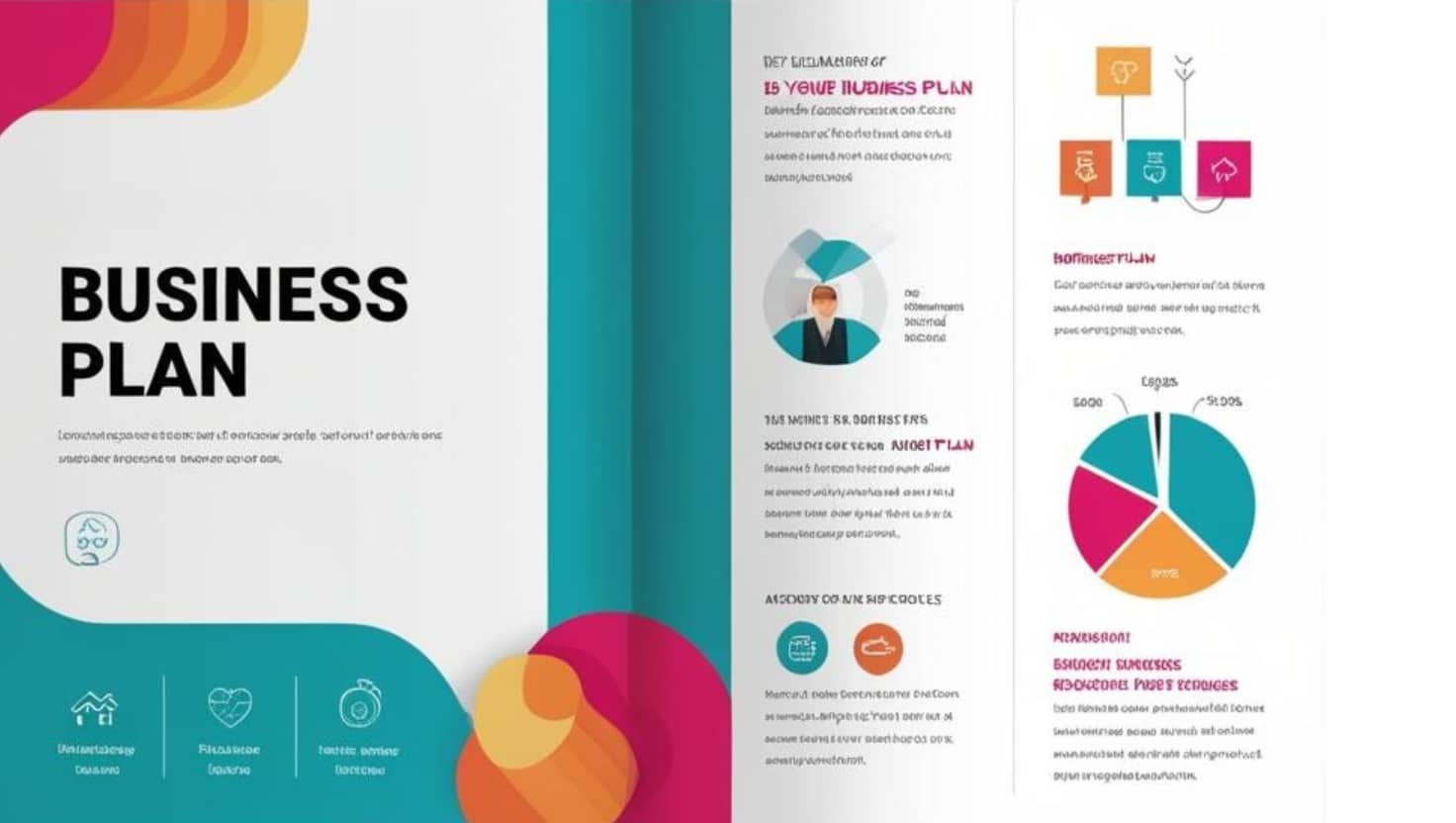Introduction
In today's globalized world, higher education qualifications are progressively valued across national boundaries. Several people look for to advance their jobs or go after educational possibilities in different nations, demanding a thorough understanding of their scholastic qualifications. This is where international credential assessment services come into play, assisting both individuals and institutions in confirming the credibility and equivalency of international scholastic credentials.
Among the different approaches of credential evaluation, the course-by-course credential evaluation sticks out as a precise strategy that supplies a thorough evaluation of a person's instructional transcripts. This post will certainly explore the nuances of course-by-course examinations, outlining what they entail, why they are very important, and exactly how they can affect one's profession trajectory.
What is Course‑by‑Course Credential Evaluation?
Definition and Purpose
A course-by-course credential evaluation involves a thorough examination of each program detailed on an academic transcript. This analysis not only translates qualities and credits yet additionally examines the content and rigor of each course taken by the student. The primary objective is to determine just how these courses align with educational criteria in one more country.
Importance of Course‑by‑Course Evaluations
Why is it necessary to conduct a course-by-course examination? For people intending to study or work abroad, this kind of assessment can supply valuable insights right into how their previous scholastic experiences translate in a new context. It helps organizations in making informed choices about admissions, working with, or licensure.
The Refine of Course‑by‑Course Credential Evaluation
Step 1: Record Collection
The first step in any type of academic credential evaluation process is accumulating essential documents. This typically consists of:
- Official transcripts Degree certificates Course curricula (if offered)
Having these documents prepared improves the analysis process.
Step 2: Evaluation and Analysis
Once records are collected, critics meticulously assess them for authenticity and efficiency. Each program is examined based upon a number of criteria:
- Credit Hours: How many credit scores were assigned to every course? Grades: What qualities were achieved? Course Web content: What subjects were covered?
Step 3: Comparison with Local Standards
After extensive evaluation, critics compare the programs versus regional academic criteria. They might reference sources such as:
- National databases Accreditation bodies Institutional guidelines
This comparison aids establish similarity degrees for every course.
Step 4: Report Generation
Finally, evaluators compile their searchings for right into a thorough report that lays out:
Total credit ratings earned. Equivalent programs at regional institutions. Grading ranges comparisons.This report acts as an official document that can be offered to colleges or employers.
Benefits of Course‑by‑Course Credential Evaluations
Enhanced Comprehending of Academic Background
One primary benefit is that trainees gain quality on just how their worldwide education straightens with local assumptions. This understanding furnishes them for better decision-making worrying refresher courses or task applications.
Increased Employability
Many employers call for prospects to have actually reviewed qualifications when taking into consideration candidates from abroad. A favorable assessment can dramatically improve employability prospects.

Facilitates Admission to Educational Programs
For students wanting to register in level programs, having a thorough assessment helps institutions evaluate whether applicants satisfy entry needs more effectively.
Work Experience Examination vs. Course-by-Course Credential Evaluation
What is Job Experience Evaluation?
A work experience evaluation concentrates on analyzing expert experiences instead of scholastic success. It takes a look at skills obtained through employment rather than official education.
Key Differences In between Evaluations
|Attribute|Course-by-Course Credential Examination|Work Experience Analysis|| ---------------------------|---------------------------------------|----------------------------|| Emphasis|Academic courses|Specialist experience|| Paperwork Required|Transcripts and syllabi|Employment letters|| Result|Academic similarity|Skill recognition|
Understanding these distinctions assists people in selecting which kind of evaluation fits their demands best.
Expert Point of view Letters
Importance of Professional Point of view Letters
An expert point of view letter function as an additional layer of recognition for analyses, particularly when unique circumstances develop-- like unaccredited institutions or non-traditional academic experiences.
How They Are Used
These letters can sustain applications by providing understandings from experts that examine qualifications based on industry standards or details institutional requirements.
Common False impressions Concerning Credential Evaluations
Myth 1: All Analyses Are Created Equal
Not all examinations hold the same weight; different companies have varying methodologies and approval rates amongst institutions.
Myth 2: Only Degrees Matter
While degrees are essential, numerous employers worth abilities obtained via work experience similarly-- and this stresses the importance of job experience examinations along with academic assessments.
FAQs Regarding Course‑by‑Course Credential Evaluation
What files do I require for a course-by-course credential evaluation?- You generally require main transcripts, level certificates, and potentially program syllabi if available.
- The duration varies by company yet usually ranges from a couple of weeks to a number of months depending on complexity.
- Yes! Many companies recognize examined credentials when making employing decisions.
- Generally speaking, indeed; as a result of its thorough nature and detailed analysis.
- Not all; it's essential to inspect certain institutional requirements before applying.
- It's ideal to clarify any disparities with your institution before entry; evaluators may flag incongruities affecting your assessment.
The Function of Various Stakeholders in Credential Evaluation
Educational Institutions
Institutions count on accurate assessments to admit eligible candidates while making sure conformity with accreditation standards.
Employers
Employers make use of evaluations to confirm prospective hires' certifications properly-- improving trust throughout employment processes.
Government Bodies
Some federal government firms need credential analyses https://manuelkmkp301.image-perth.org/international-credential-evaluation-services-worldwide-degree-work-analyses for immigration functions; hence playing an essential role in global mobility.
Conclusion
In summary, navigating the complexities surrounding global education and learning needs thorough understanding and competence-- both discovered within the realm of credential analyses especially focused on courses taken during one's academic trip. A course-by-course credential evaluation not only illuminates private accomplishments yet additionally fosters possibilities across boundaries via boosted employability and educational access.
As globalization continues shaping our globe, investing time into understanding these nuances can prove indispensable for those looking towards global horizons-- whether academically or professionally oriented! Always keep in mind that you have alternatives available-- so make educated decisions regarding your future!